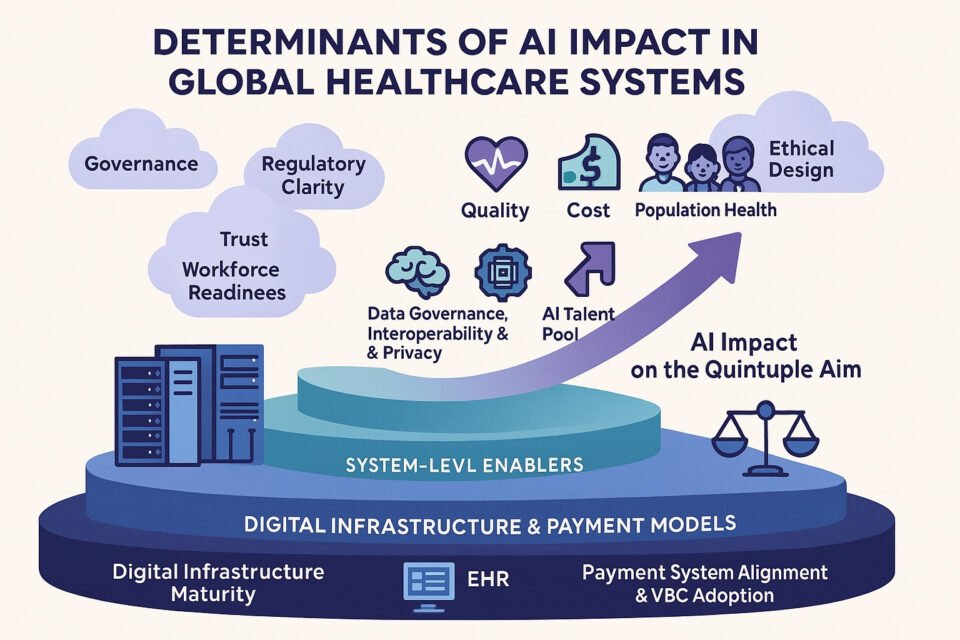McKinsey’s latest technology trends outlook places artificial intelligence at the forefront of transformative forces for the global economy in 2025 and beyond. Despite AI’s rapid adoption across industries, the report warns of significant infrastructure challenges. Data centers must dramatically expand to meet AI’s compute demands, with power consumption potentially reaching 298 gigawatts by 2030. This growing demand could strain utilities, particularly in key hubs like Northern Virginia.
Network vulnerabilities also pose risks, as AI’s data-intensive nature may lead to bottlenecks and security issues, potentially disrupting critical sectors. Innovations in advanced optics and software-defined 5G networks are highlighted as solutions to enhance data transmission efficiency and distribute compute loads more evenly. These technologies could ease the projected $5.2 trillion in AI infrastructure spending.
McKinsey advises companies to prioritize sustainable energy and resilient architectures to avoid competitive disadvantages. As AI-driven enterprises expand, the focus must remain on infrastructure resilience to prevent disruptions that could hinder AI’s potential.


